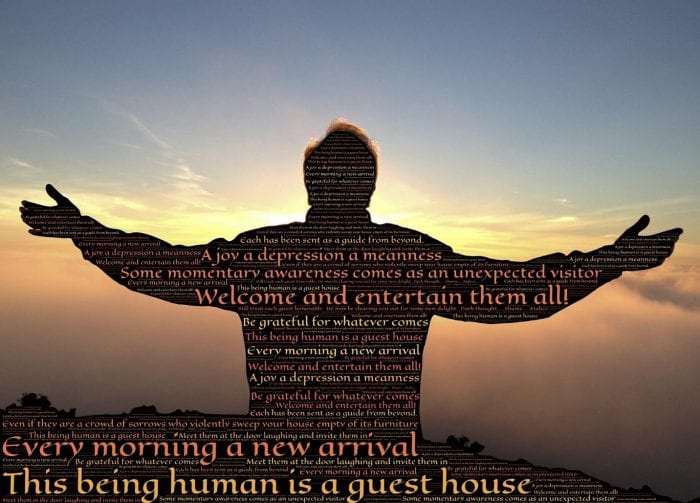An Introduction To Radical Acceptance: How To Better Feel Your Feelings

Dialectical Behavior Therapy (DBT) is an emergent form of therapy. From this therapy has come an idea of Radical Acceptance. Radical Acceptance is a skill where people learn to accept the things that are outside of their control. The things that one cannot control include past events, thoughts, memories, emotions, physical sensations, and other people. It means accepting your mind, body, and heart fully and without judgment in the present moment. Radical acceptance is a form of distress tolerance, see here for more information. It is taught to those who struggle with Anxiety, Depression, Grief/Loss, and Trauma. It is often presented to those who struggle with Borderline Personality Disorder (BPD), Post- Traumatic Stress Disorder (PTSD), Generalized Anxiety Disorder (GAD), and Major Depressive Disorder (MDD).
Radical acceptance works from a premise that challenging our thoughts and fighting against them can be futile. The more we try and control or stop our thoughts from occurring the stronger and more intense those thoughts and associated feelings will likely become. Through radical acceptance we can often respond more favorably to feelings of discomfort. Radical acceptance allows us to stay in the present, without ruminating about the past or looking into the future.
The common perception of acceptance is to ask that we know the facts of a situation and agree or approve of them. Radical Acceptance does not suggest we have to agree or approve of the things outside of our control, but instead be willing to allow them to come and go naturally at their own pace. Radical acceptance works in such a way that we know the facts, despite how painful they may be, and we acknowledge them nonjudgmentally. It is feeling uncomfortable and unwanted reactions for what they are, without evaluation and without struggle. We see things not only with our rational mind, but also our emotional mind. Dr. Karyn Hall explains that Radical acceptance is acceptance with your total soul in order to stop fighting reality.
Marsha Linehan, the creator of DBT, explained, “Acceptance as a state or experience may reflect the wisdom of wanting to gather rather than disperse, catching the context while enduring the moment.” This statement suggests radical acceptance requires us to utilize our thoughts, reflect on our feelings, and still be in the present. There are situations and events that all of us struggle with, the idea is that radical acceptance is a state of being. It takes practice and work. Therapists at Pathways Psychology Services can initiate skills and processes to help our client’s increase their ability to radically accept.
A way to practice and build radical acceptance is to work on getting better at feeling rather than feeling better. The happy coincidence is that feeling better will likely occur as a result. The practice of radical acceptance looks something like this:
- Think about a situation where you had a strong emotional reaction (e.g. angry, sad, worried), try to recreate the situation using all five of your senses.
- Notice your physical reactions, your body sensations related to those feelings
- Let go of any judgments related to your feelings, they are not good or bad, they just are.
- Focus on your breath, while being aware of your feelings and body sensations
- Create space or be open and willing to sit with those feelings
- Wait for those feelings and sensations to pass on their own
If you or someone you know is struggling with symptoms of anxiety, depression, BPD, or PTSD, contact Pathways Psychology Services at 630-293-9860. We can help.
By Zach Meers, LCPC, NCC and Jamie Parise, LCP, PsyD
https://books.google.com/books?hl=en&lr=&id=KyJpNb1rBBYC…
https://www.psychologytoday.com/us/blog/pieces-mind/201312/three-blocks-radical-…




